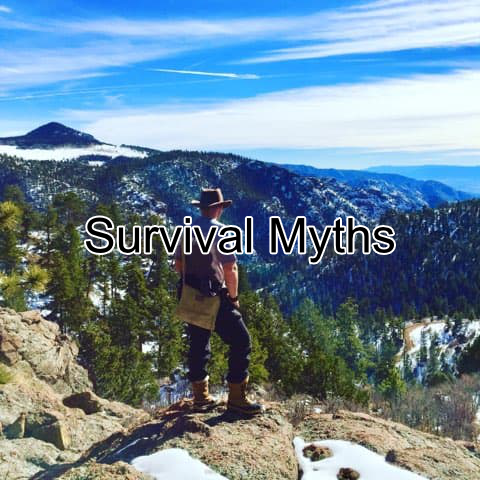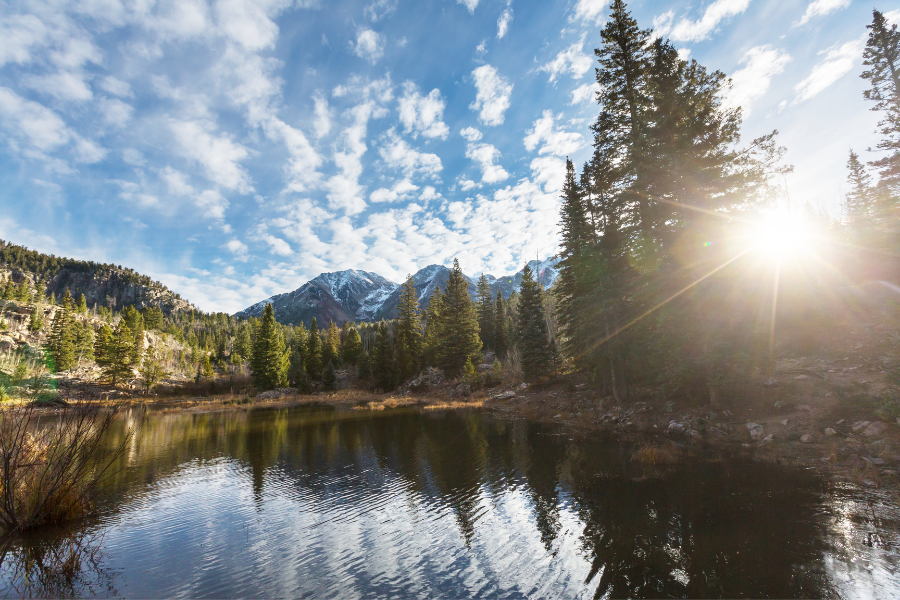Cart
6 min read
Understanding Water Survival
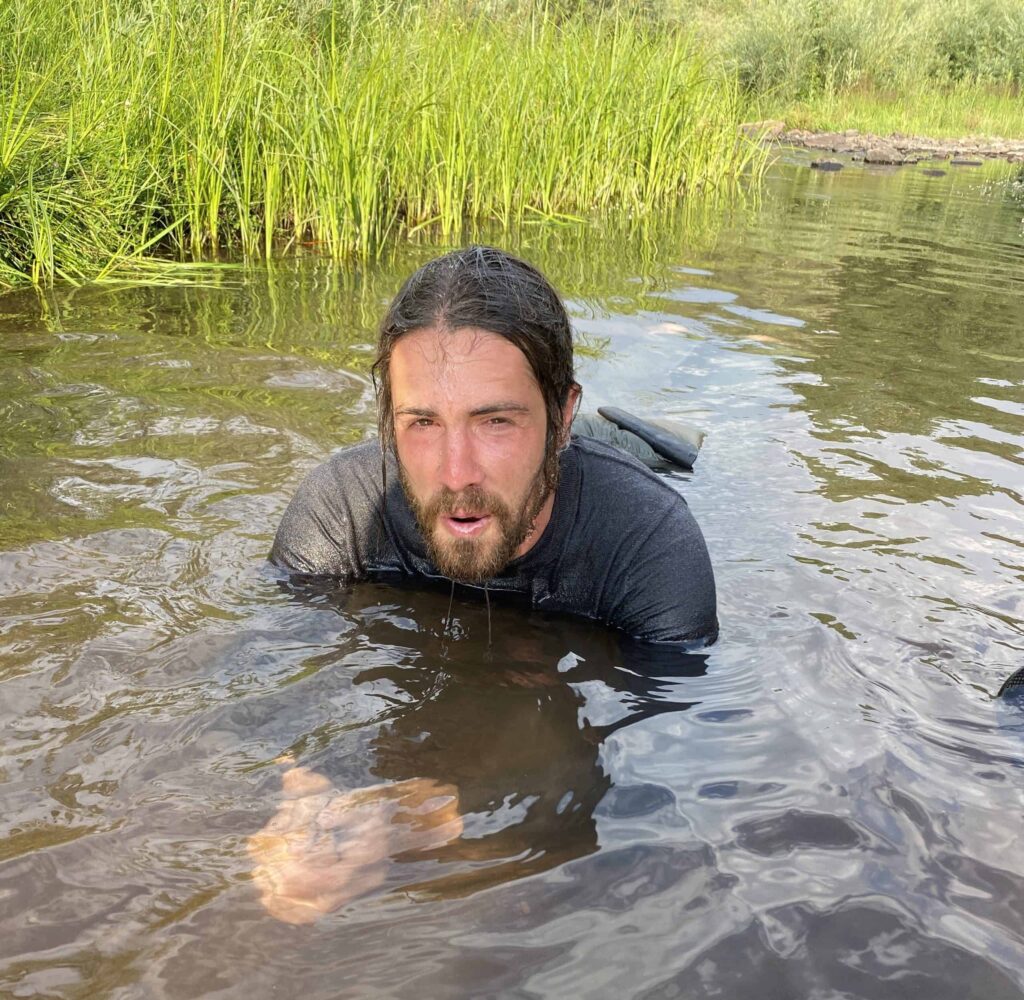
Water is both friend and foe. Even though sips from a cold spring can be refreshing during a hike, being immersed in water can be dangerous for various reasons. It’s best to be prepared for all water related disasters. Weather it’s ending up in a frigid lake, escaping a sinking vehicle, or surviving a flood, understanding water survival is important for everyone.
Remember the 1-10-1 Rule for Cold Water Survival
Water immersion can be dangerous in waters under 60℉, and the body’s cold shock will be as intense at the that temperature as it would be at 35℉. Therefore, anyone who recreates or works around cold water should remember the 1-10-1 Rule. Essentially, after cold water immersion you have about 1 minute of cold shock and then roughly 10 minutes before hypothermia sets in to cause death after about 1 hour.

This stage can actually be as long as 2-3 minutes, and it’s a good idea to be mentally and physically prepared for it with prior training.
It’s important to remain calm and use higher level cognition to control breathing. This is the key to survival in the first few minutes of cold water immersion.
Controlling the Effects of Cold Shock
During this first stage of cold water immersion, the body reacts by hyperventilating. Unfortunately, this is when many cold water deaths occur since even strong swimmers can inhale water if not prepared for the cold water shock.
Pursed Lip breathing is a good technique for regulating air intake to regain control of the body. Simply focus on taking long, deep breaths with pursed lips until the breath is under control.
Cold Water Acclimation
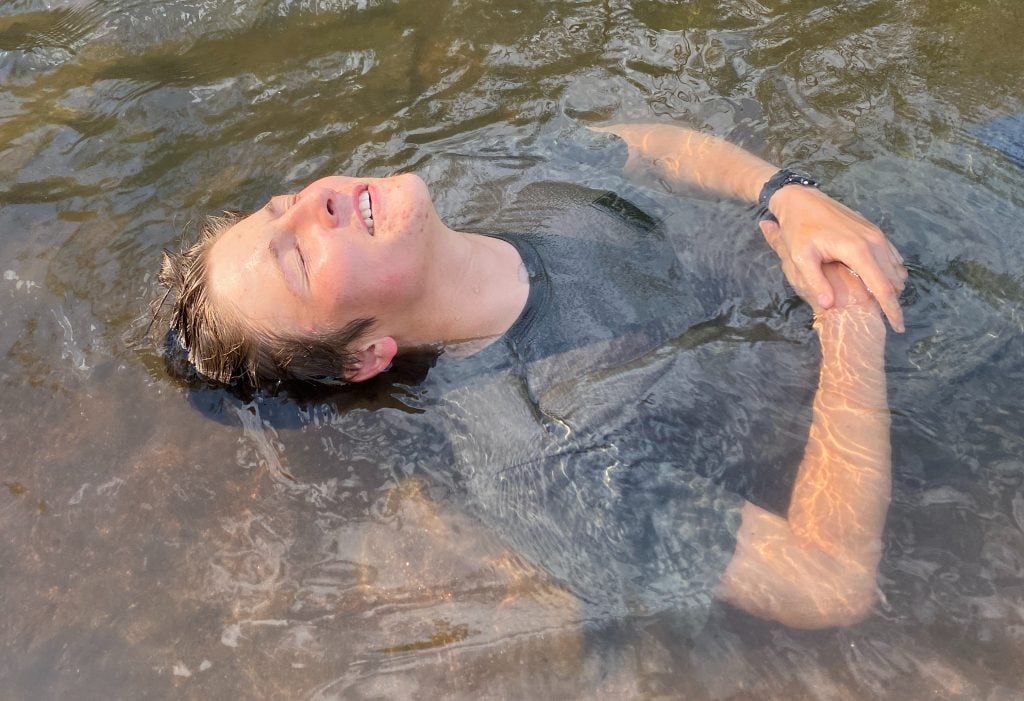
According to Adverse situations researcher Mike Tipton, “On immersion, unhabituated people assume a fetal position, shiver violently in an attempt to maintain deep body temperature, and are very uncomfortable.” This fact highlights the need for survival preparation with breathing techniques and cold water exposure.
Wim Hof, also known as the IceMan, has developed a progressive technique of cold tolerance that every survivalist should look into. Safely exposing oneself to cold water is a serious consideration for survival preparation.

This phase may be 5-15 minutes long, but occurs after the body has acclimated enough for hyperventilating to stop. If boating, wear a life jacket to increase survival chances since arms and legs will stop working as hypothermia sets in.
Self-Rescue From Cold Water Immersion
If you have fallen through ice, kick your legs to swim back onto a surface, and remember to get out the same direction that you came in. Once out of the water, it’s important to remain on your hands and knees to distribute body weight and decrease your risk of breaking the ice.
If Self-Rescue Fails
Get as much of your body out of water as possible to avoid hypothermia. This might mean planting arms in a way to freeze them to the ice to avoid sinking, or finding debris to help stay afloat. The idea is to avoid sinking and drowning once you become unconscious.
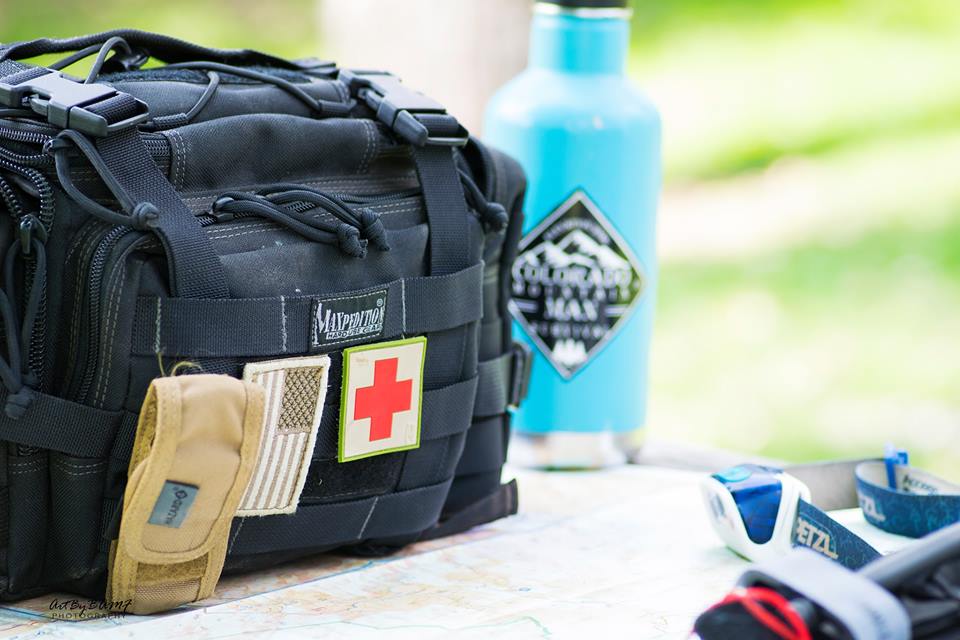
If wearing a life jacket in open water, conserve body heat by remembering HELP:
- Heat
- Escape
- Lessening
- Posture

In as little as 45 minutes at water temperatures below 35℉, death from hypothermia can occur. This time frame can be prolonged somewhat, but unconsciousness will have set in by 15 minutes after cold water immersion.
Rescuing a Cold Water Victim
The only hope at this stage is assisted rescue, and even then survival is not guaranteed. A strong rope with a simple slipknot can be secured around the victim’s body underneath their armpits to pull them out. It is important that rescuers keep their safety in mind by not falling into water or through ice themselves.
Making a Hypo Wrap
If you find someone who is unconscious from cold water immersion, it’s important to act quickly to mitigate the effects of hypothermia. It’s best to put them in a hypo-wrap:
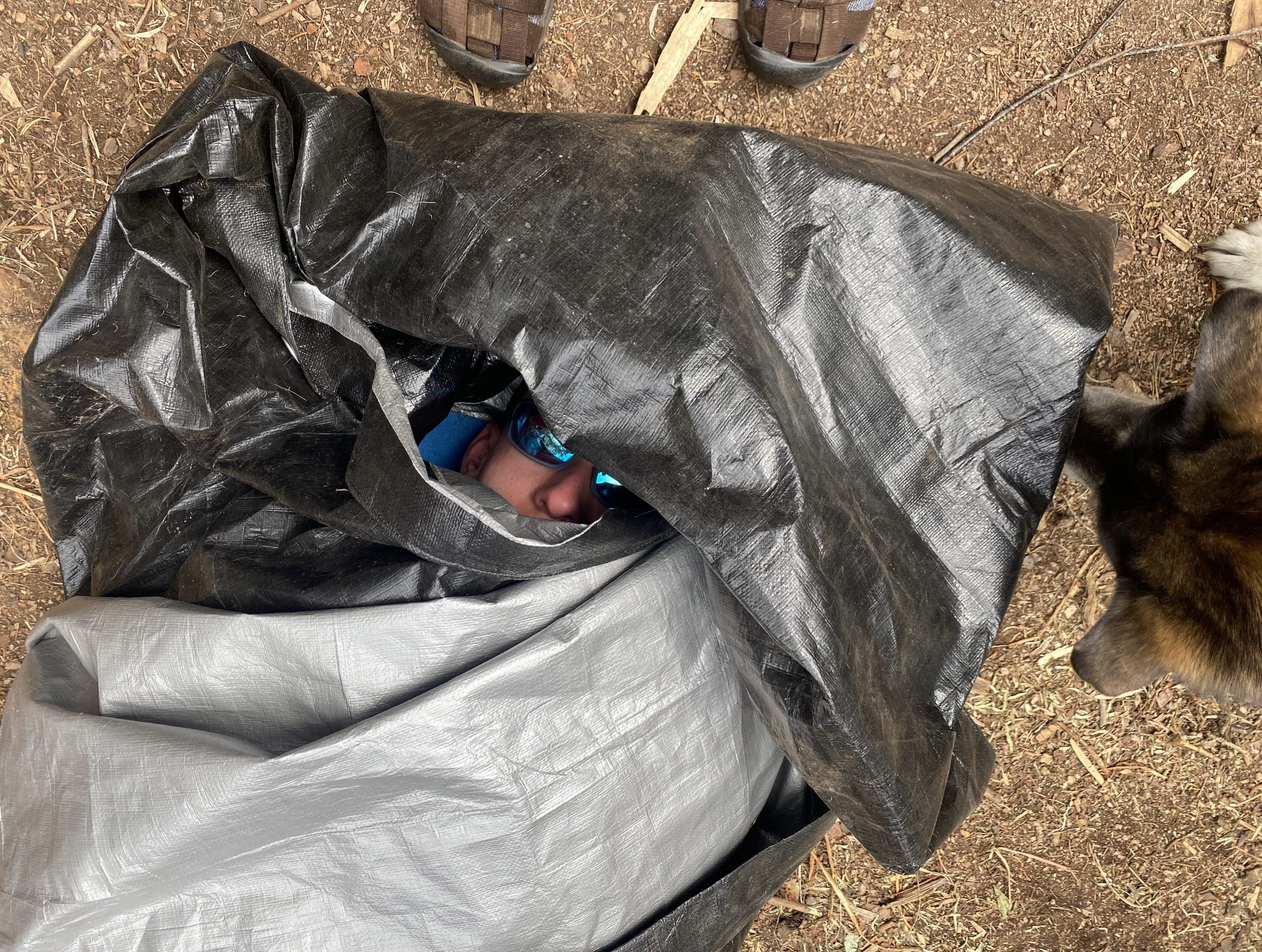
- Lay out a tarp
- Place padding on the tarp
- Stack 3 sleeping bags on pad
- Replace victim’s wet clothes with dry ones
- Place victim in the middle sleeping bag
- Put hot water bottles in armpits/ crotch
- Wrap them up in the tarp like a burrito
- Get the victim to a hospital
Surviving Vehicle Submersion
8-10% of drownings in the US occur in vehicles, so knowing how to act quickly and correctly is important for survival in these situations. Vehicles will float for about 1 minute before taking on enough water to sink, and appropriate behavior in this short time is crucial.
Remember these four priorities to safely escape a vehicle in water:
- Remove seat belts IMMEDIATELY
- Break or lower your window
- Get children into the front seat
- Escape through the window
Use Windows to Escape Sinking Vehicles
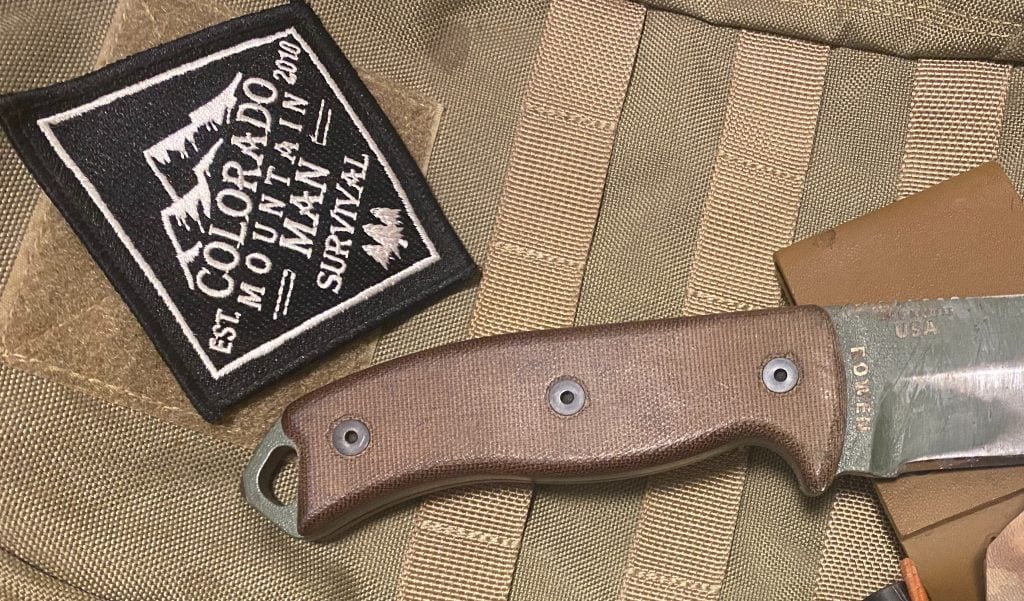
It’s always important to carry a reliable center punch or window breaker in your vehicle. Don’t count on escaping through doors since water pressure will make it impossible to open car doors. Water pressure can also slam doors shut as a vehicle sinks, so the best bet is to always escape sinking vehicles through a rolled down or broken window.
How to Survive a Flood
Floods are the number one cause of weather-related death in the United States. Being prepared is important since flooding occurs in every U.S. state and territory. Anywhere it rains, it floods.
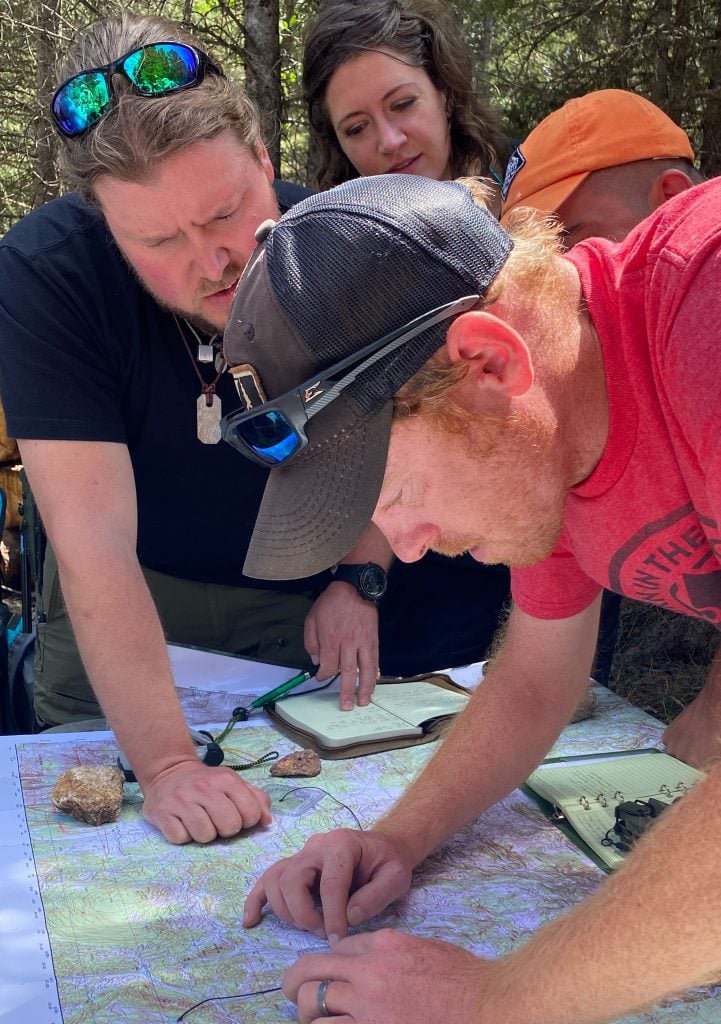
Make a Flood Plan
Being prepared is the most effective way to survive any disaster. Putting together a flood plan is important, and there are many ways to go about this task.
Get to Higher Ground
Getting to higher ground is important when escaping flood waters. In regions like the Colorado Rockies, this can be done by climbing mountains and hills when heavy rain poses a threat. In urban areas, finding refuge on building and vehicle roofs is a common strategy.
Have a Bug-Out Bag in Case of Evacuation
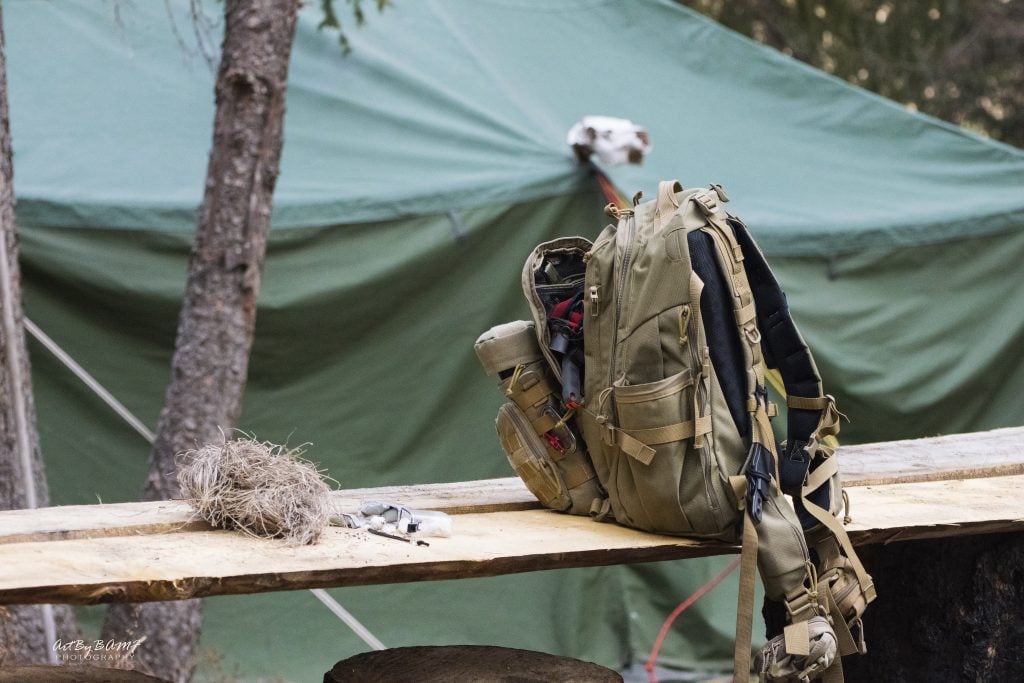
It’s always a good idea to have a bugout bag ready for adverse situations. If you live in an area that is prone to flooding, be vigilant and always ready to evacuate in case a flood occurs. Having a preparation kit will make escaping disasters more efficient, safe, and comfortable.
How to Survive Floodwaters
Do not try to cross floodwaters, no matter how slow or shallow they may seem. If you do find yourself caught in a flood, swim against the current with your feet pointed downstream while staying on your back with your face above water. Grab onto debris if available, and keep feet at or above water level to avoid them getting caught.
Conclusion
Spending time outdoors incurs certain risks, and some of these can be mitigated by understanding water survival before hand. Get training, and remember these things when it comes to water survival:
- The 1-10-1 will help you overcome cold shock in cold water survival situations.
- Break windows to escape sinking vehicles within the the first minute of immersion.
- Have plans for surviving floods and get to higher ground to avoid flood waters.
Leave a Comment
Lightning, Hunting, and the Harsh Lessons of the Mountains
When two hunters in Colorado, Andrew Porter and Ian Stasko, recently lost their lives during a lightning storm, it shook the hunting community. If you...
Top 10 Survival Myths That Could Get You Killed
Learn the truth behind 10 common survival myths that could put your life at risk. Debunk the misconceptions and stay safe.
CDC Backcountry Water
CDC Backcountry Water: A Guide to Drinking Water Treatment and Sanitation for Backcountry Travel Use Content source: Centers for Disease Control and Prevent
Understanding Water Survival
Learn the importance of water survival techniques to survive cold water immursion, sinking vehicle accidents, and floods.


